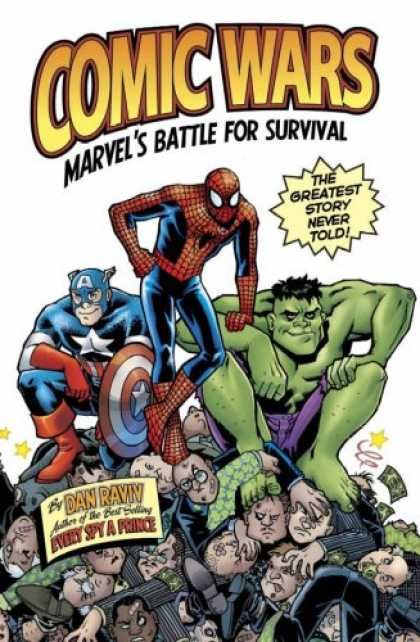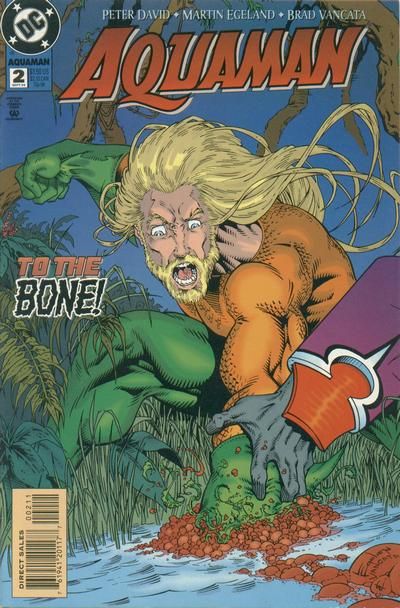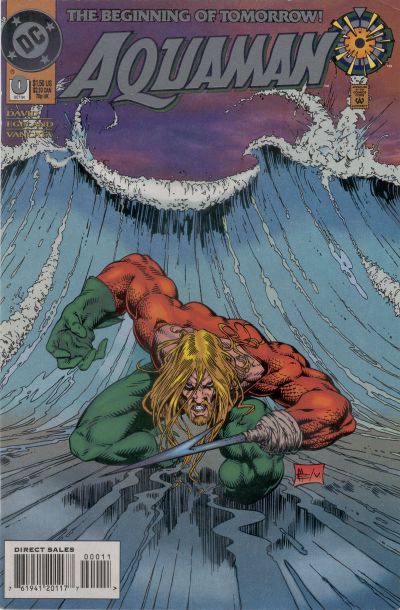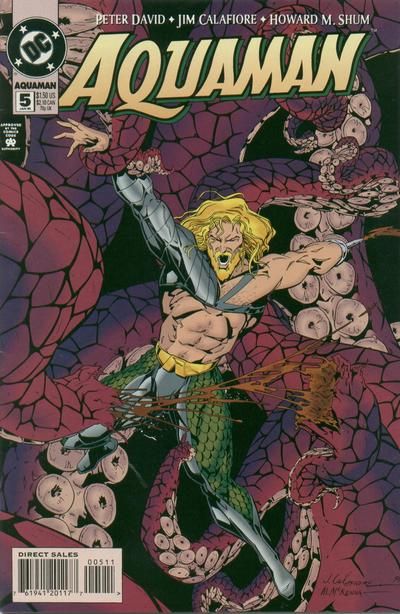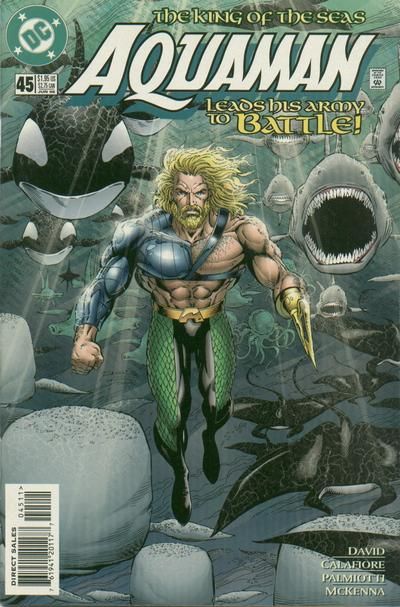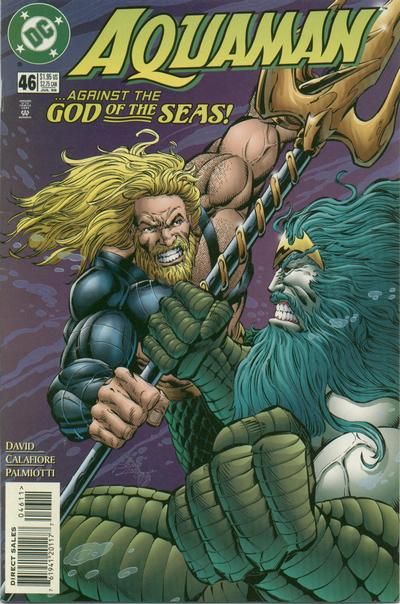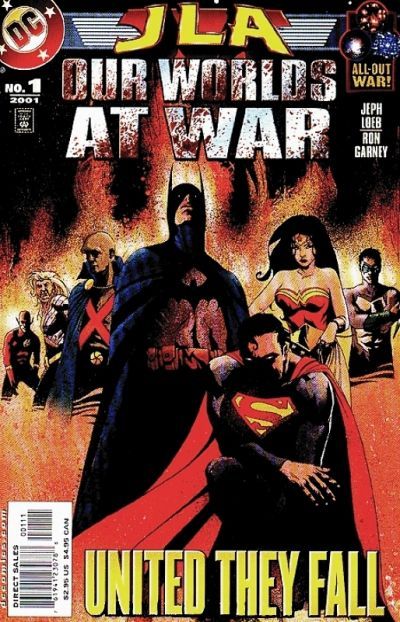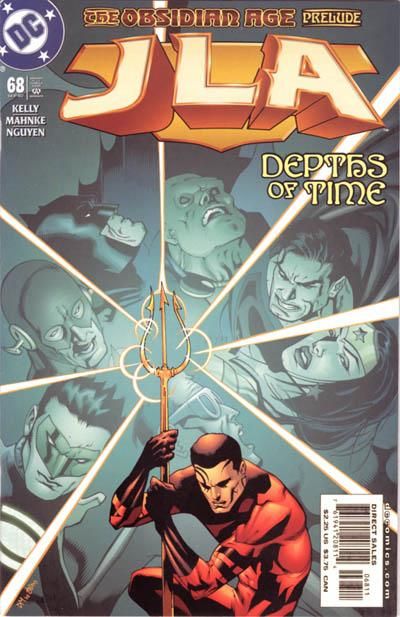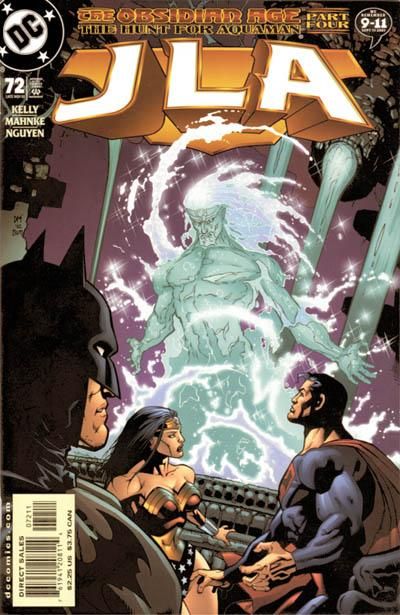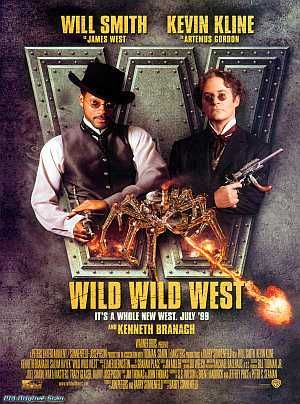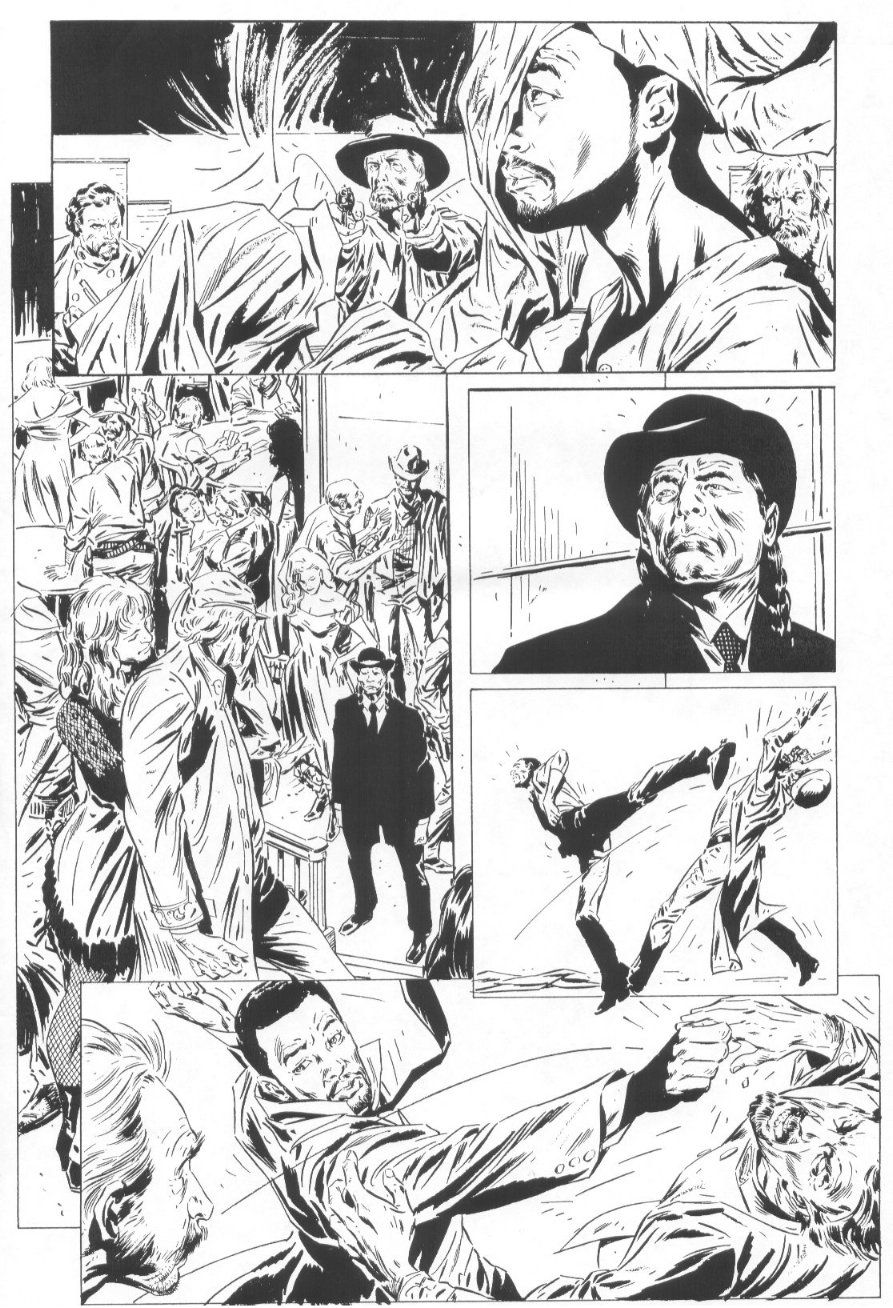This is the one-hundred and sixty-ninth in a series of examinations of comic book urban legends and whether they are true or false. Click here for an archive of the previous one-hundred and sixty-eight. Click here for a similar archive, only arranged by subject.
Let's begin!
COMIC URBAN LEGEND: Marvel sold all the copyrights to their characters to a separate company, Marvel Characters, Inc.
STATUS: False, with some chunks of True mixed in there
Reader Josh Dahl asked me the following a few weeks back:
[B]ack in the 90s when Marvel was "corporate raided", the guy that stripped them out sold off their assets. Like raiders do.
One of the things he did as Marvel was going bankrupt was to sell ALL of the character's copyrights to his own, different, company called "Marvel Characters Inc".
And since then, any time Marvel has wanted to use any of its own characters, they have had to pay "Marvel Characters Inc" for the right to do so.
Is that true?
Josh's question involves the sad story of Ronald Perelman's involvement with Marvel Comics.
Ronald Perelman purchased his first company in 1961, while still in college!! With monetary assistance from his father, Raymond (also a prominent businessman), Ronald purchased Esslinger Brewery for $800,000. He sold the company three years later for a $1 million dollar profit.
Perelman continued a very public career purchasing companies. Usually, when Perelman purchased a company, he would fire almost all of the management of the company, then he would try to sell off parts of the company to make it as lean as possible, then he would sell the company off (or keep it for himself). His most famous purchase (of a controlling share of the company) is the cosmetics corporation Revlon.
A few years after purchasing Revlon, Perelman turned his eyes to Marvel Comics, which had only recently been purchased by New World Entertainment. In 1989, Perelman purchased the company for a little more than $80 million dollars. Soon after purchasing the company, Perelman took it public with an initial public offering that raised $80 million dollars!
In an interesting nod of what to become the biggest part of Marvel's success, Perelman identified the strong position Marvel was in, with regards to their intellectual property. Perelman thought of Marvel like Disney - a company filled with strong intellectual property that could be exploited in a number of different areas.
To this end, Perelman purchased a number of other corporations to add to Marvel, including a card company. It also formed an exclusive agreement with the toy company, Toy Biz. Soon, Marvel was valued at over a billion dollars on the market.
This was during the early 1990s (the time of the speculator boom), and Marvel's value was most likely overinflated at the time.
To cash in on this valuation, Perelman sold almost $800 million in high-risk/high-yield bonds (these are usually called "junk bonds"). Now Marvel was DEEP into debt, and that coincided with the comic market crash of the mid-1990s, which was also the time of Marvel's ill-fated attempt to self-distribute their comics.
So times were extremely tough at Marvel. One of the owners of a significant portion of Marvel's bonds, Carl Icahn, fought Perelman for control of the company.
Marvel ultimately filed for bankruptcy in 1996.
Avi Arad and Isaac 'Ike' Perlmutter, owners of Toy Biz, sought to protect their company (and, most likely, they also saw an opportunity here) and while Icahn and Perelman went at it, they swooped in and raised the money to purchase Marvel Comics.
They then merged Marvel Comics with Toy Biz to form Marvel Entertainment, Inc.
No one really knows how much money Perelman made off of Marvel - he likely took in a lot of money, but when things went bad, he lost a lot of money, as well, so some market observers suggest that he could theoretically have made almost nothing, in the end, but I think it appears more likely that he did end up making a sizable chunk of money, just perhaps not as large as some people seem to think.
In any event, in their reorganization of Marvel after the merger, Arad and Perlmutter restructured the company by forming a number of holding companies for the various parts of the company.
One of those holding companies is the aforementioned Marvel Characters, Inc., which contains all the intellectual property rights of the Marvel characters. This company is the licensing wing of Marvel Comics. That is why it appears with regards to Marvel films, as that is where companies go to license the characters for the films.
Marvel Characters, Inc. is owned by Marvel Comics - it is not some big scam.
That said, Josh is basically correct in that Perelman, in many ways, DOES exhibit a number of the attributes of a corporate raider.
In this instance, though, there is no worries - Marvel Characters, Inc. is still part and parcel of Marvel Comics.
Thanks to Josh for the question! For more information about this time in Marvel history, you could read the aforementioned Dan Raviv book - Comic Wars: How Two Tycoons Battled Over the Marvel Comics Empire-And Both Lost. You can find it on Amazon here.
COMIC URBAN LEGEND: Peter David was planning on killing off Aquaman during his run on the title.
STATUS: True
After doing a number of popular mini-series featuring Aquaman, Peter David finally began work on an Aquaman ongoing series in 1994, and he opened up with a dramatically different look at the character.
In the second issue of the series, Aquaman lost his hand!!
This did not put Aquaman in a good mood!
He replaced the hand with a harpoon.
He then gained a brand-new costume.
Besides the dramatic re-envisionment of Aquaman, what David's run was also noteworthy for his work on Aquaman's sidekick, Aqualad, who David also re-envisioned as a much more serious and powerful character named Tempest.
David devoted a great deal of time also to the inner workings of Aquaman's kingdom of Atlantis. He introduced a number of new interesting supporting cast members and the book became an intricate series of inter-woven stories, all with the new take on Aquaman at center stage.
After a few years on the book, David became a bit irked at how he was being handled on the title.
He was told he was to show more stories featuring Aquaman as a leader, but he also was to show more solo adventures and less of the supporting cast.
He was told to ramp up the political intrigue, but try not to have the book take place in Atlantis that often.
These frustrating, seemingly conflicting decrees were making David a bit batty on the book.
It all came to a head with a story David had set up to lead into the 50th issue of the book. In the storyline, Aquaman would take on Triton, God of the Seas and die defending Poseidonis (capitol of Atlantis).
Garth would then take over the ruling of Atlantis, but, after some time being "dead," Aquaman would return as the new DC water elemental, as a being made out of water.
Ultimately, David's plan was to have him returned back to human via the intervention of Mera, complete with his hand back. Garth would stay in charge of Atlantis, though, and Aquaman would travel the world as a sort of ambassador to Atlantis.
DC turned down the story, telling David that, after the Death of Superman, no one would fall for such a stunt again.
So David left the book, with his last two issues a greatly condensed and lighter version of his planned storyline (Aquaman fights Triton, is killed, but comes back from the dead to stop him).
I'm sure it brought Peter David a certain degree of satisfaction (or, at the very least, some amusement) to see what DC did with Aquaman a few years later.
First, they killed Aquaman off...
Making Garth the new head of Atlantis (Garth soon sends Atlantis away to protect it from the villain Imperiex)...
And then, after some time "dead," Aquaman returns as a being made out of water.
What an amazing coinky-dink!!
Thanks to Peter David for the information!!!
COMIC URBAN LEGEND: Chuck Dixon and Jackson Guice were in the middle of a Wild Wild West movie adaptation before learning that they didn't have all the rights needed for the book.
STATUS: True
Dealing with licensed characters can be tricky, as you not only have to pay for the right to license the characters, you also have to get permission to use likenesses of the actors portraying the characters (usually, this coincides with a payment of some sort).
Awhile back, this led to a bit of an awkward situation with a comic book adaptation of the film, Wild Wild West (itself an adaptation of the 60s TV series of the same name), which starred Will Smith, Kevin Kline, Selma Hayek and Kenneth Branagh (this was the film that had a giant robot spider, which supposedly the producer of the film, Jon Peters, wanted in the Superman film he was producing at the time and when that didn't work out, it ended up in this film, instead).
Chuck Dixon and Scott Beatty were to write the story for DC Comics, and the art was going to be handled by Jackson Guice.
Guice actually had begun drawing the project when word came down that there was a bit of a snag - Will Smith hadn't actually signed off yet on his image being used, and in fact, Smith did NOT sign off on it, so the whole project had to be scuttled!!
It's a shame, because here is a sample page by Guice (click to enlarge) - he really did a nice job drawing Smith (click here for more pages of the comic at Dixon's website).
Thanks to reader Jonathan Nathan for suggesting this one!
Okay, that's it for this week!
Thanks to the Grand Comic Book Database for this week's covers!
Feel free (heck, I implore you!) to write in with your suggestions for future installments! My e-mail address is cronb01@aol.com.
See you next week!


